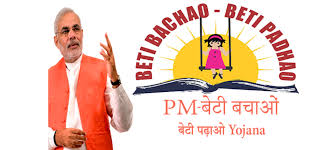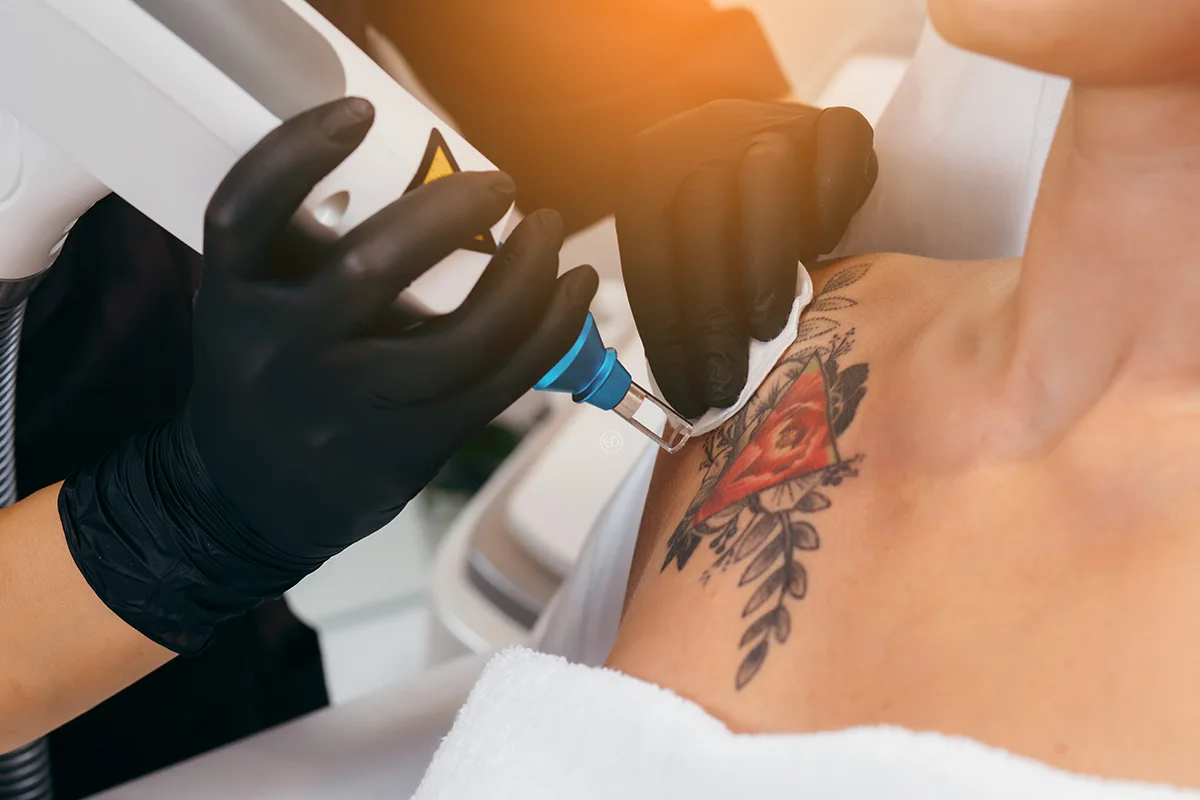Gender equality is a fundamental pillar of a progressive society, and ensuring equal opportunities for girls is crucial for sustainable development. In India, deep-rooted social norms, including son preference and gender discrimination, have long hindered the survival and education of girls. To combat this issue, the Indian government launched the Beti Bachao Beti Padhao Scheme in 2015. This initiative aims to address gender disparities, promote female education, and improve the overall status of girls in society. However, while the Beti Bachao Beti Padhao Yojana has made significant progress, certain challenges remain in its implementation.
The Need for Beti Bachao Beti Padhao Scheme
For decades, India has faced an imbalanced sex ratio due to sex-selective abortions and neglect of girl children. According to the United Nations, India was one of the countries with the most skewed child sex ratios between 2000 and 2020. In the 2011 Census, India recorded 111 males for every 100 females, reflecting the severity of gender imbalance. However, recent reports indicate an improvement, with the ratio reducing to 108 males per 100 females in the latest National Family Health Survey (2019-21).
Similarly, female literacy in India has lagged behind male literacy. The Global Gender Gap Report 2022 ranked India 107th among 146 countries in female education. The Beti Bachao Beti Padhao Yojana was introduced to address these disparities by improving the sex ratio at birth, reducing gender-based mortality rates, and increasing the enrolment of girls in secondary education. Initially implemented in 161 districts, the scheme later expanded to cover all 640 districts nationwide.
Achievements and Challenges of Beti Bachao Beti Padhao Yojana
While the Beti Bachao Beti Padhao Scheme has contributed to raising awareness about gender discrimination, its effectiveness has been questioned due to poor fund utilisation and inadequate monitoring. A parliamentary committee report in December 2021 revealed that out of INR 446.7 crore allocated between 2016 and 2019, nearly 78.91% was spent on media campaigns rather than direct interventions for girls’ welfare.
Moreover, financial mismanagement at the state level has hindered progress. Between 2015 and 2021, only 25.13% of the INR 622.48 crore released to states was utilised. A 2017 Comptroller & Auditor General of India (CAG) report highlighted similar issues, particularly in Punjab and Haryana, where funds were underutilised, and task force meetings were infrequent. Without proper monitoring, the programme risks losing momentum and failing to achieve its intended goals.
The Way Forward for Beti Bachao Beti Padhao Scheme
To ensure the Beti Bachao Beti Padhao Yojana achieves its objectives, a more transparent and structured implementation strategy is needed. Strengthening district and state-level monitoring, involving community workers, and addressing barriers such as the lack of safe transportation and functional school facilities for girls are crucial steps. The scheme must also focus on practical interventions beyond awareness campaigns, such as scholarships, skill development, and social support mechanisms.
The Beti Bachao Beti Padhao Scheme has initiated a much-needed conversation about gender equality in India. However, sustained efforts, proper fund utilisation, and community involvement are essential to bring lasting change. For a deeper understanding and further details, visit the official website or refer to the original source.



